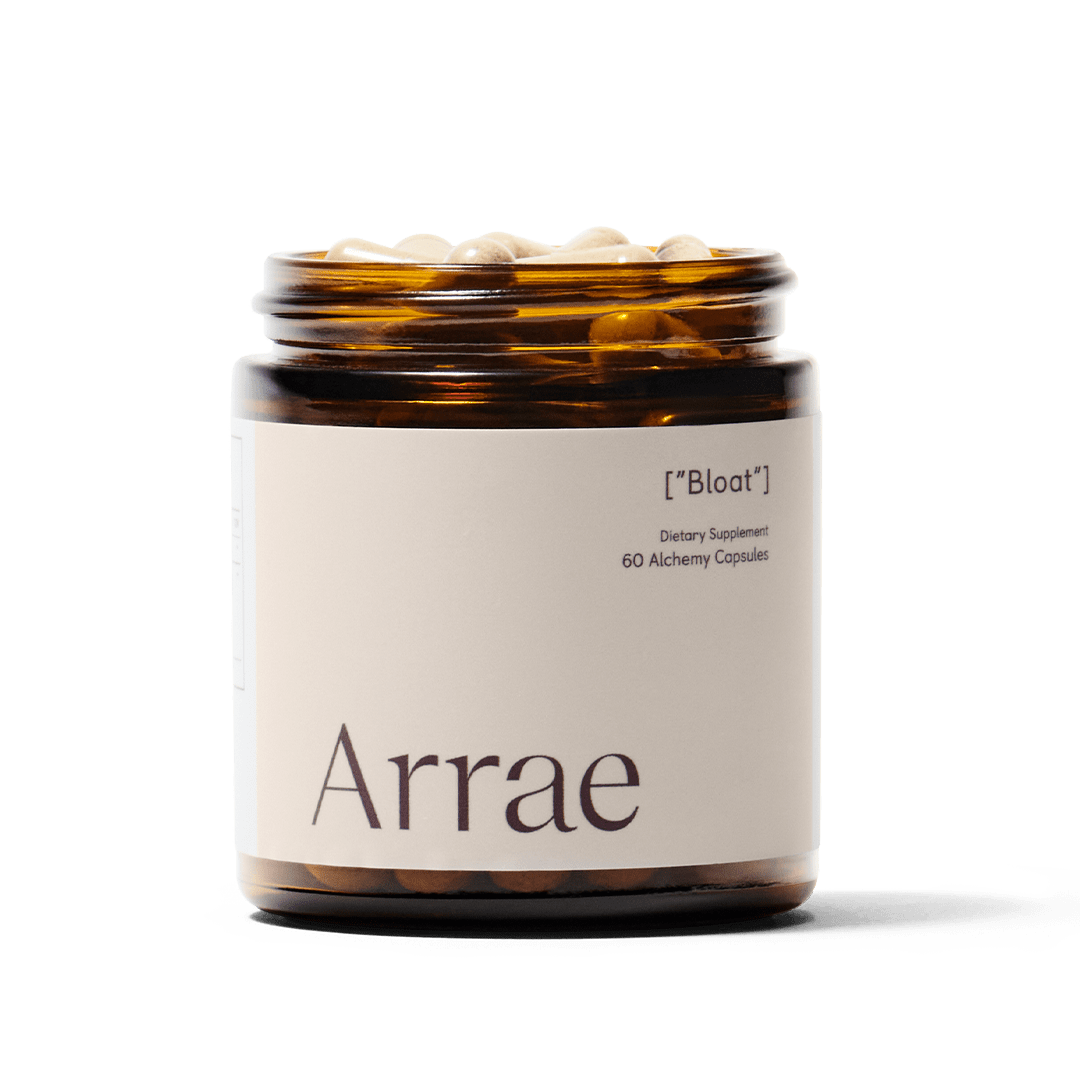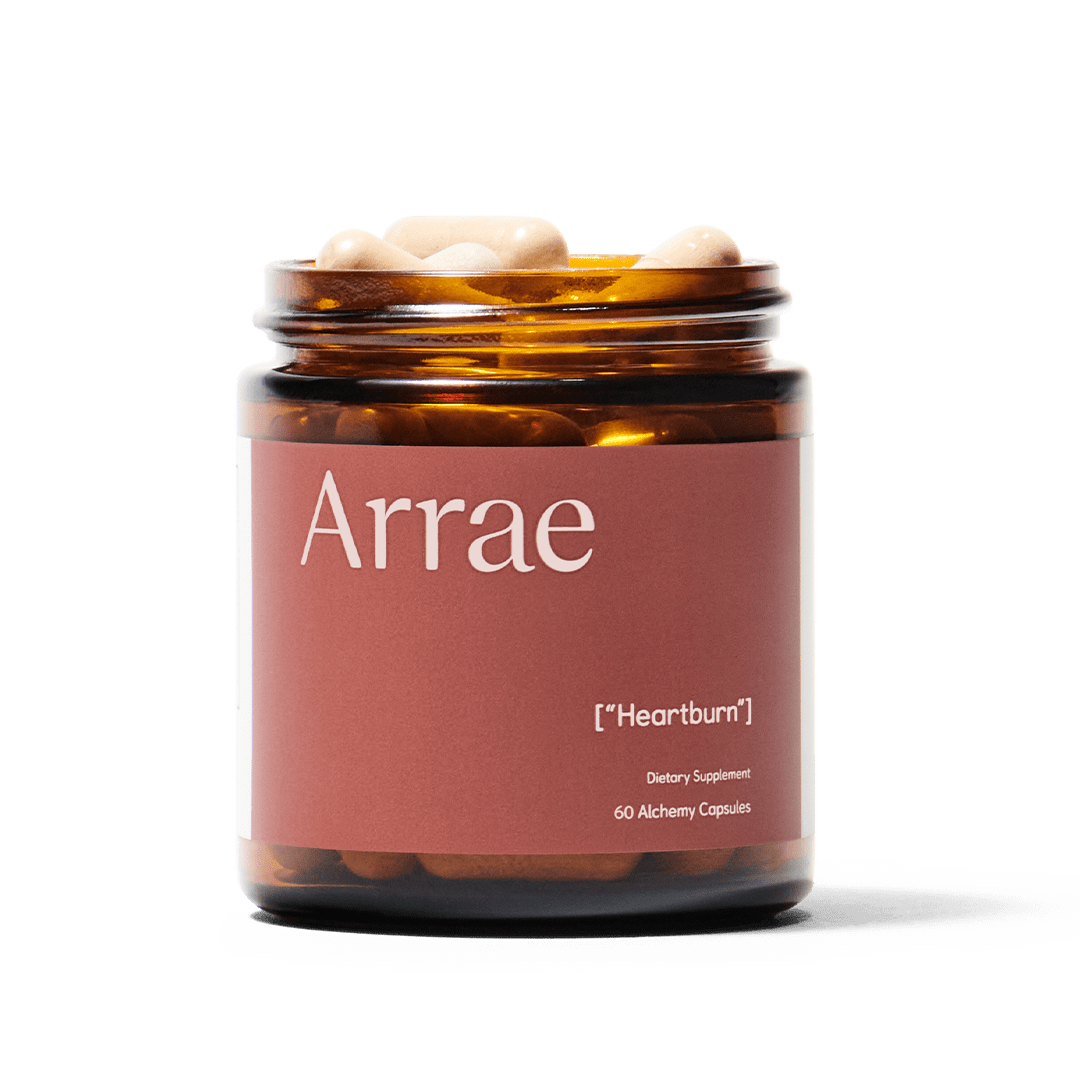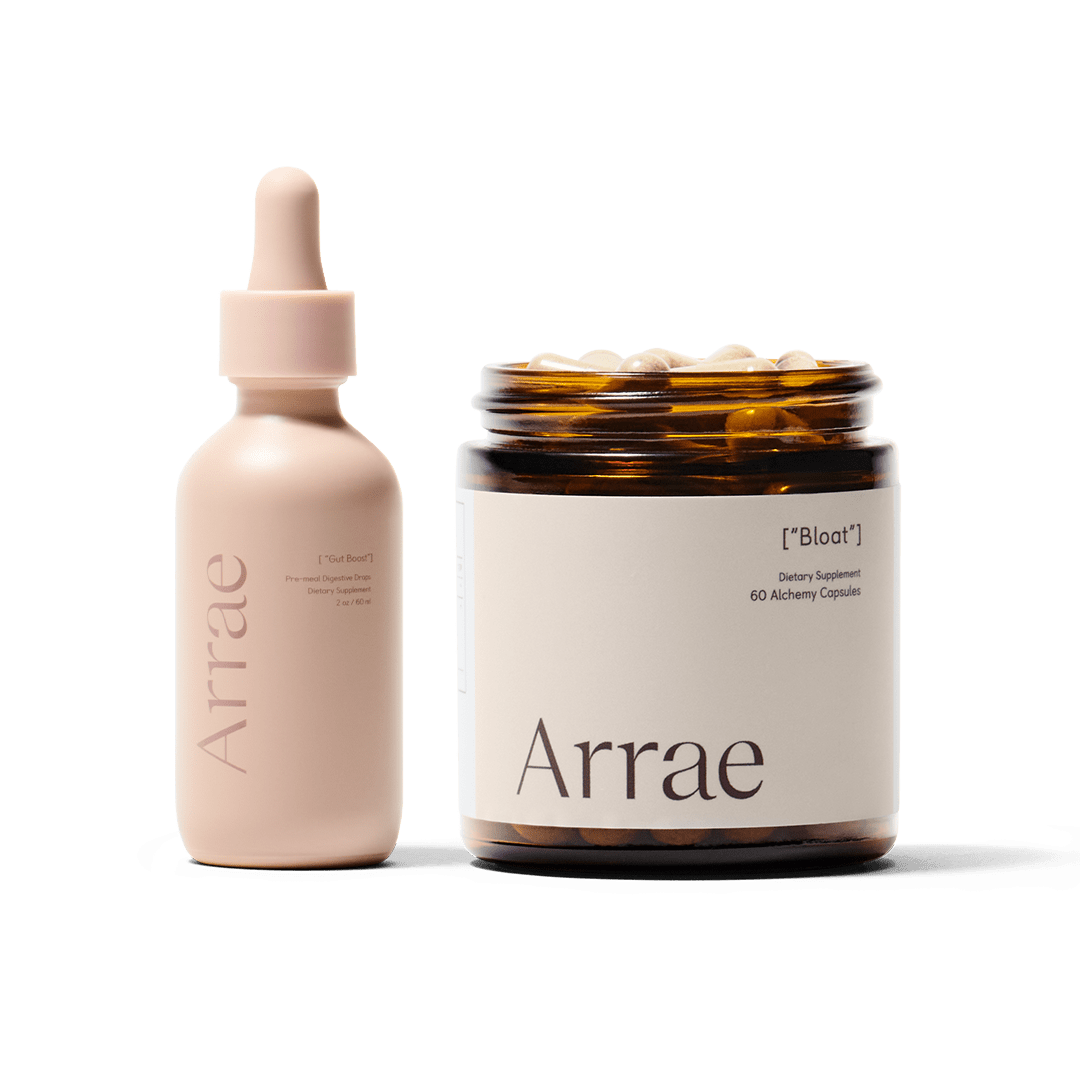
Close your eyes and think about your favorite food, including its taste, smell, and texture. Maybe it’s a warm, comforting bowl of pasta or a freshly baked chocolate chip cookie. Now imagine this food is right in front of you, and you’re taking your first bite. How does it feel to eat it? Did you notice that you salivated before digging in?
Our brains are wired to subconsciously react to the smell, sight, and thought of food with an increased secretion of saliva. However, in our busy days, these sensory cues are often missed. We need saliva to help chew and break down food, preparing it to be digested by the stomach and intestines. But before learning more about this concept, it’s important that we understand the process of digestion, in full. Keep reading to learn more abouthowour food is digested,why it’s important to prime our bodies before eating, andwhat we can do to optimize our digestion in order to leave us feeling our best.
The 101 on Digestion
While digestion may not be the sexiest conversation topic, it’s vital for our survival! The digestive process is one of the most important functions of the human body. It allows us to break down food, use food as energy, absorb essential nutrients and water, and finally, package together and excrete waste. Digestion uses both mechanical (think chewing) and chemical (think stomach acids) means to break down the food we eat and turn it into viable nutrients for our bodies to use. The alimentary canal, another name for the entire digestive system, begins at the mouth and ends at the rectum; it’s approximately 27 feet long! Food normally takes 15-72 hours to pass through the canal, and while many of us think about our lower abdomen doing all the work, digestion actually first begins in our mouth. Our mouth secretes saliva which contains digestive enzymes and assists in making the digestive process a whole lot smoother.
Next, mechanical digestion, aka chewing, in the mouth breaks down food into smaller pieces, allowing for easier swallowing and a greater surface area for the exposure to digestive fluids. Chewing and swallowing are the only voluntary actions of digestion. After our food is swallowed, our autonomic nervous system takes over, and we work on autopilot to continue digestion. After swallowing, muscular contractions, known as peristalsis, of the esophagus assist in propelling portions of food down into the stomach. Because our digestive tract is all connected, the stomach has been waiting for the arrival of this food, and has secreted its gastric juices and contents in anticipation. The stomach moves in a rhythmic way, releasing its acids to mix with the food. This creates a semi-digested material, known as chyme. Following this, peristalsis moves the chyme into the first part of the intestines, where the digestion we are probably most familiar with (due to the bloating and other stomach issues we face!) happens.
The small intestine is approximately 21 feet long; this length allows for a large space in which nutrients, specifically vitamins and minerals, are absorbed and used within our body. From the stomach, chyme moves into the small intestine, called the duodenum. Here, it comes into contact with digestive enzymes from the pancreas and bile from the gallbladder. These digestive enzymes assist in breaking down proteins into amino acids, complex carbohydrates into simple sugars, and fat into fatty acids. Bile functions to divide fat particles into smaller pieces, allowing for easier absorption. Moving along the small intestine, the broken down food comes into contact with the ileum and the jejunum. Here is where the nutrients that have broken down from our food become absorbed. Fingerlike projections known as ‘villi’, increase the surface area of the small intestine, making sure our body is getting as many nutrients as possible. Whatever food cannot be absorbed further makes its way into the large intestine, which is about three feet long. Here, water is absorbed into the body and waste products are created. At the end of the digestive tract is the anus, which functions to help us eliminate stool.
Digestion is a long and complex process, and, of course, things may not always work so smoothly. That’s why we’ve created products that we’re confident workwith our bodies, leading to a more efficient digestive process and aid in helping us feel our best.
The Gut-Brain Connection
There is a constant interplay between the mind and our digestion, as emotions, thoughts, and memories associated with foods influence the function and structure of our digestive tissue. It can be said that we have two brains: one in our skull, and one in our gut. The gut-brain connection is not only responsible for our digestion; research has linked this “second brain” to our mood, cognition, energy levels, immune system functioning, and even the way we think and process information. This system within the gut, known as the enteric nervous system, comprises 100 million nerve cells that originate in the esophagus and end in the rectum. When we see or think about food, our brain sends this signal to our enteric nervous system, prompting our digestive process. However, when we are stressed or overly busy, our brains also have the capacity to shut down this system, effectively shutting down digestion. GI conditions or distress can be the causeorproduct of mental distress. This means that when our brains are feeling threatened, so is our digestion.
The Chronically Stressed Gut
Let’s face it: stress is something that we’ve all become accustomed to, so much so that we might not even think about the chronic effects it has on our bodies. Stress can be anything from deadlines and anxiety, to multitasking and trying to force ourselves into productivity. These kinds of stress, no matter how big or small, activate our sympathetic nervous system, also known as the fight or flight response. This system greatly overpowers the digestion-favoring parasympathetic, or rest and digest system, equating to less-than-favorable digestion.
If we’re eating when we’re feeling stressed (which is now more than ever before!), our bodies aren’t ready to break down and absorb nutrients from the food we’re consuming. This manifests in our digestive system not releasing the juices we need for digestion and absorption, causing us to feel bloated and uncomfortable. Chronic stress or digestive interruptions that happen day after day can force our system to underdeliver when it comes to digestion. But rest assured, Arrae is here to help. Our own digestive bitters product, Gut Boost, will activate your bitter taste receptors, signaling to your body that it is time to begin the digestive process. In doing so, it will stimulate the production of saliva, digestive enzymes, and pancreatic juices, all while increasing gut motility and regulating your appetite. And paired with Bloat (which contains a digestive enzyme) this Deep Digestion Duo can be the key to the gut wellness.
Disclaimer: This blog post is purely informational and does not imply any evaluation by the Food and Drug Administration. This blog post is not intended to diagnose, treat, cure, or prevent diseases, nor should it substitute for advice from a healthcare professional.
References:
“The Brain-Gut Connection.”The Brain-Gut Connection | Johns Hopkins Medicine, 1 Nov. 2021, https://www.hopkinsmedicine.org/health/wellness-and-prevention/the-brain-gut-connection.
“Digestion Begins in the Brain.”Integrative Naturopathic, https://integrative.ca/blog/digestion-begins-in-the-brain.































